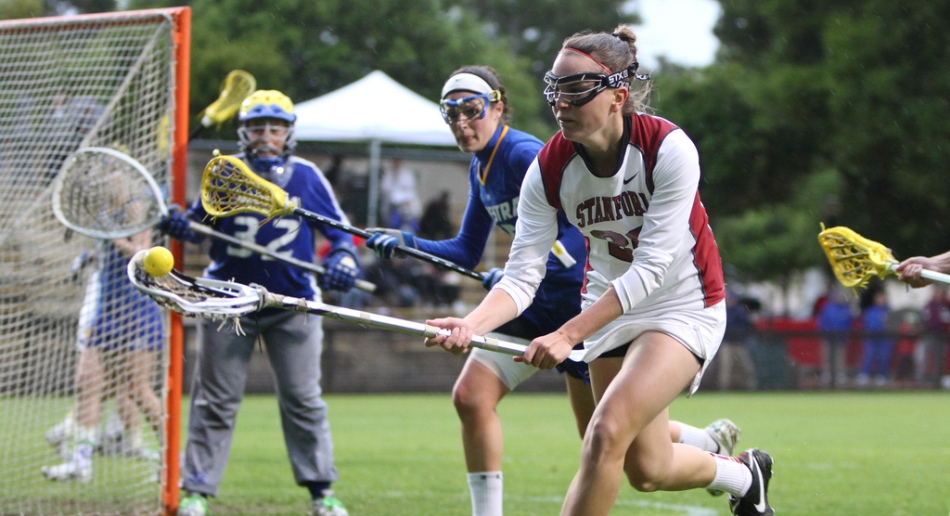Waiting for my daughter’s lacrosse practice to finish, I observed a father and son pitching a baseball. As a physical therapist with a keen interest in human biomechanics, I was interested in the boy’s throwing technique. The young boy was doing a pretty good job pitching the ball to his dad and was hitting the target of his father’s glove fairly regularly. Approximately thirty pitches later the boy became tired; his technique began to falter. Instead of taking a break and resting or decreasing the throwing distance, the two continued practicing. After all, practice makes perfect. Now at 70-plus pitches, the pitches became wilder and more uncontrolled. Both father and son were visibly frustrated.
Practice doesn’t always make perfect. As the athlete fatigues, technique breaks down and the risk of injury increases. This is true with all overhead sports, whether baseball, softball, volleyball, tennis, lacrosse, or swimming. A college level baseball pitcher’s arm can travel over 7,000 degrees per second with each pitch. The typical dedicated swimmer performs almost one million arm cycles per year. This demand requires incredible strength and endurance to control these forces on the athlete’s arm.
Overuse injury is responsible for nearly half of all sports injuries to middle- and high-school students. Immature bones, insufficient rest after an injury, and poor training or conditioning contribute to overuse injuries among children.
The shoulder joint, unlike most joints in the body, is a ball and saucer, not a ball and socket. The shoulder has a ball three times the size of the saucer, much like a golf ball on a golf tee. The primary stability of this golf ball tee complex comes from the posterior shoulder muscles and good posture control.
You can’t guard against shoulder injury with strong rotator cuff and abdominal muscles alone. Close attention to technique and overall body mechanics is paramount in the instruction of any sporting activity. Balance and postural alignment are the foundation from which a skilled activity can be delivered. Kids grow and their bodies change quickly. Often youth athletes are outstanding performers one season and seem to struggle the next. Their arms and legs get longer, the torso changes, and they must get used to a brand new body every six months or so. This struggle to become reacquainted with a new body needs to be recognized by parents and coaching staff. This is the time for the athlete to return to some basic drills in order to help relearn the athleticism they once enjoyed.
With regard to that father and son mentioned earlier, the American Sports Medicine Institute website has a wealth of information on pitch count recommendation as well as youth pitching technique instruction. It is a must-read.
If the athlete is injured, return to play should always be guided by your healthcare practitioner with an open and honest communication between athlete, coach, parent, and medical staff. A gradual return-to-play program should always be implemented to avoid recurrence.




